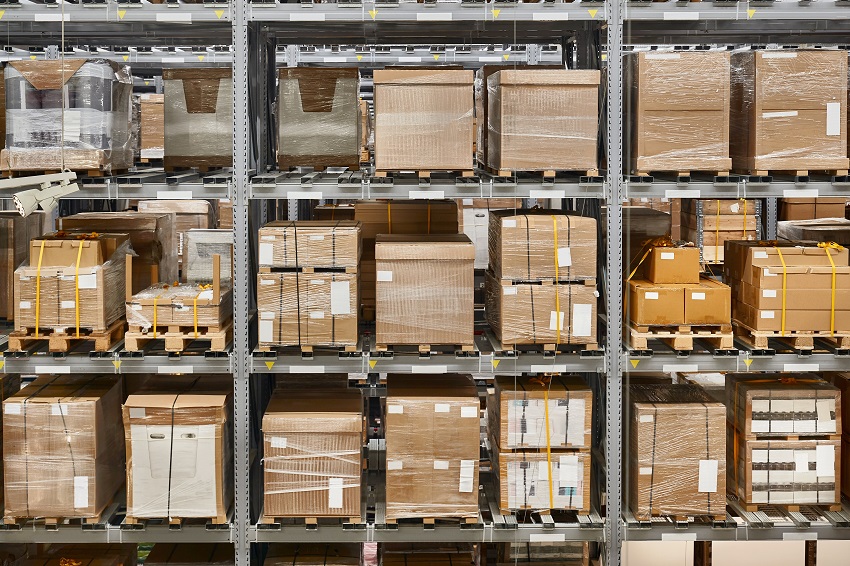Here’s How to Save Money on Your Less-than-Truckload Freight
There are a lot of LTL freight carriers to choose from, but it’s still a seller’s market these days. Carrier rates are high, and shippers everywhere are feeling the pinch. It’s still possible with some planning and knowledge to save money and secure good service from quality LTL carriers, however. The key is really understanding what your own logistics needs are, and just as importantly, what the carriers want to hear to get your best deal on rates.
One truth with shipping costs is that rates always come down to volume. With few exceptions, the more freight volume you have, the lower the rates you can negotiate. Another is that your costs will go down by creating the best internal processes for carrier selection and how efficiently your LTL shipping operation functions.
First, the Basics
LTL is the term used to describe small freight shipments that by themselves do not fill up a carrier’s truck, and therefore are combined with others to get delivered. This typically means a shipment size of 1 to 12 pallets or the equivalent in oversized parcels.
Many freight shippers end up spending more than necessary on their LTL shipments because they do not understand the factors that go into LTL rates. The more knowledgeable you are about what the cost inputs are, the better you can negotiate rates and manage your freight costs on a day-to-day basis.
LTL freight prices are based on five main factors:
Total Weight of Shipment: Often expressed in a per hundredweight (CWT) amount, this is the weight of the shipment, including all packaging such as the pallet, etc.
Total Size of Shipment: This is a measurement of the total space the shipment takes up on a truck, calculated as length × width × height. Also referred to as cube.
Distance to Destination: The distance a shipment has to travel has cost implications in terms of the cost of fuel, equipment, and driver labor. Also, certain shipping lanes are more expensive than others.
Service Type: Delivery speed impacts price. Standard, Expedited, and Guaranteed freight will have different prices.
Freight Class: Freight classes are numbered from 50 to 500. The lower the class, the lower the freight costs. Class is generally reflective of the value of the item being shipped, with a higher class equating to more valuable cargo, and of the cube (see Total Size of Shipment above).
Out of these five factors, the most overlooked is the freight class. Many shippers choose the wrong class, which creates a higher rate. This is a highly negotiable point that many shippers overlook when talking with carriers. Here are four other approaches that can help you improve your process and lower your LTL shipping costs.
Let Technology Do the Work
A Transportation Management System (TMS) for LTL shipping can eliminate the manual processes that eat up time and effort. It also makes it possible to consider different carrier cost and service options in real time, so the best carrier can always be chosen for a given shipment. Keeping track of carrier rate agreements is complicated and requires reliable technology. Streamlining the process of creating shipment paperwork, like bills of lading, and tendering loads is also a benefit of TMS technology.
Explore Carriers
It’s also important to do your research to find the carrier(s) that can service you best based on your unique shipping profile. There are regional and national carriers, with advantages to both. For example, regional carries specialize in smaller areas and can usually give competitive rates and faster delivery windows. At the same time, national carriers can often provide a more seamless customer service experience, with less handling in transit.
Negotiate Smarter
LTL rates are the result of a negotiation. And carriers usually have an advantage when it comes to negotiating rates because they know their costs and what other shippers like you are paying. It’s not that they are better negotiators . . . it’s just that they have an information advantage. A direct way to negotiate better with LTL carriers, and save money, is to work with a partner who can provide you true market cost data and insight. This can give you insight into how far you can push carriers to get the best agreements possible.
Review Your Inbound
As we said in the opening, there is also negotiating power in volume. An opportunity many shippers miss is not managing all their own shipments, so those volumes can be included in their agreements. The missed opportunity comes from letting vendors ship to you on their own. When this happens, it means that not only are you paying their higher rates, but that’s also volume you are losing. The more control you have over your inbound shipping, the more you can save on inbound freight while at the same time lowering your overall LTL rates.
Contact us at info@transportationimpact.com to receive a custom analysis of how to save money on LTL.

Posts by Tag
- October 2018 (8)
- August 2018 (6)
- August 2019 (6)
- February 2020 (6)
- March 2020 (6)
- May 2020 (6)
- December 2020 (6)
- April 2019 (5)
- May 2019 (5)
- July 2019 (5)
- October 2019 (5)
- April 2020 (5)
- July 2020 (5)
- September 2020 (5)
- October 2020 (5)
- July 2018 (4)
- September 2018 (4)
- January 2019 (4)
- February 2019 (4)
- March 2019 (4)
- June 2019 (4)
- September 2019 (4)
- December 2019 (4)
- January 2020 (4)
- June 2020 (4)
- August 2020 (4)
- April 2018 (3)
- June 2018 (3)
- November 2018 (3)
- December 2018 (3)
- November 2020 (3)
- January 2021 (3)
- March 2018 (2)
- November 2019 (2)
- February 2021 (1)
- May 2021 (1)
8921 Crew Drive
Emerald Isle, NC 28594
(252) 764-2885
info@transimpact.com
Get In Touch!
 Collaborative Logistics: Supply Chain Cooperation for Mutual Advantage
Stop Paying Unnecessary Accessorials on Your Small Parcels
Collaborative Logistics: Supply Chain Cooperation for Mutual Advantage
Stop Paying Unnecessary Accessorials on Your Small Parcels




